Un Sole grande quanto un faro?

Sorprende sempre vedere un Sole grande quanto un elemento terrestre come un edifico, una persona, un albero.
It is always surprising to see a Sun as large as a terrestrial element such as a building, a person, a tree.
- La persona è posta a circa 300 m di distanza
- La persona è posta circa 150 m di distanza
- Figure umane a più distanze
Siamo abituati ad osservare oggetti sulla terra che “cambiano dimensione” in base alla distanza dall’osservatore. Se inquadro un edificio e faccio 50 passi indietro, entreranno nell’inquadratura più componenti dell’edificio. Se inquadro la Luna e faccio anche 1000 passi indietro, avrò nell’inquadratura la Luna nella stessa dimensione.
Per un osservatore sulla Terra, gli astri, non variano la loro apparente dimensione angolare.
Ogni astro ha, approssimativamente, uguale distanza dall’osservatore terrestre in qualsiasi parte della Terra ci si trova. Inquadrando, a pochi metri dal faro, con un teleobiettivo di 600 mm, il Sole in allineamento con la lanterna del faro, nell’inquadratura vedrò l’intero disco solare con una piccola porzione della lanterna. Se invece mi distanzio del faro di 3 km così come nella foto, vedrò il Sole che occupa lo stesso spazio all’interno dell’inquadratura ma insieme al faro ripreso dalla base fino alla lanterna. Se mi distanzio ancora, finchè la curvatura terrestre mi permette la visibilità del faro, riuscirò a far coincidere sia il faro che altri particolari del paesaggio intorno, dentro il disco solare.
We are used to observing objects on Earth that “change size” based on the distance from the observer. If I frame a building and take 50 steps back, more building components will enter the frame. If I frame the Moon and take even 1000 steps back, I will have the Moon in the same dimension in the frame.
For an observer on Earth, the stars do not vary their apparent angular size.
Each celestial body has, approximately, equal distance from the terrestrial observer in any part of the Earth you are. By framing, a few meters from the lighthouse, with a 600 mm telephoto lens, the Sun in alignment with the lantern of the lighthouse, in the frame I will see the entire solar disk with a small portion of the lantern. If, on the other hand, I distance myself from the lighthouse by 3 km as in the photo, I will see the Sun occupying the same space within the frame but together with the lighthouse taken from the base to the lantern. If I distance myself further, as long as the earth’s curvature allows me to see the lighthouse, I will be able to make both the lighthouse and other details of the surrounding landscape coincide, inside the solar disk.
In queste immagini osserviamo le proporzioni Sole/faro con foto scattate a distanze differenti dal faro:
- Distance: 3km
- Distance: 10 km
- Distance 19Km
Sembra una illusione, una magia ma è anche il motivo per cui ci sorprende l’alba della Luna piena. Il disco lunare si innalza sopra elementi terrestri, che se posti distanti dall’osservatore, fanno apparire la Luna gigante e più vicina poichè messa a confronto con oggetti terrestri. Eppure, quando la Luna o il Sole sono bassi all’orizzonte, riducono in maniera impercettibile, la loro apparente dimensione per effetto della rifrazione.
Su questo link ho messo a confronto il Sole al Culmine e sulla linea dell’orizzonte:
It seems an illusion, a magic but it is also the reason why the dawn of the full moon surprises us. The lunar disk rises above terrestrial elements, which if placed far from the observer, make the Moon appear giant and closer as compared with terrestrial objects. Yet, when the Moon or the Sun are low on the horizon, they imperceptibly reduce their apparent size due to refraction.
- Refraction in the Sunset
Nell’immagine sottostante, in basso e in primo piano, si notano dei bagnanti messi in fila sulla battigia. In realtà, così come il Sole che sembra essere proprio dietro il faro, nell’inquadratura non percepiamo la distanza di profondità che separa una persona dall’altra pertanto ci appaiono come sistemate in fila uno accanto all’altro. Anche le stelle danno l’illusione di essere talmente vicine tra loro che le raggruppiamo in costellazioni nonostante tra di esse ci sia notevole distanza.
Below, in the foreground, you can see bathers lined up on the shoreline. In reality, just like the Sun that seems to be right behind the lighthouse, in the frame we do not perceive the distance of depth that separates one person from the other, therefore they appear to us as arranged in a row next to each other. Even the stars give the illusion of being so close to each other that we group them in constellations despite the fact that there is considerable distance between them.
- Distance: 3km
- Costellazione di Orione sul Pelmo
- 31/10/20
- 31/10/20
- 31/10/20


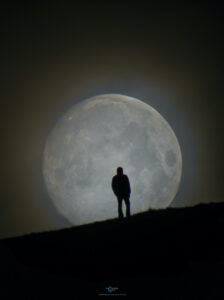
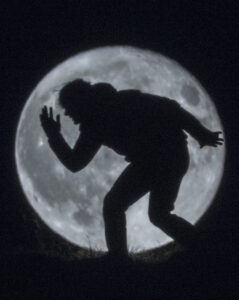
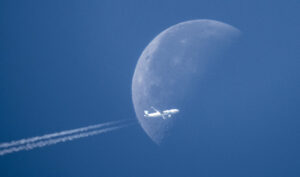

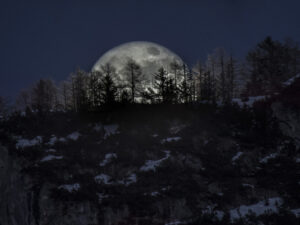

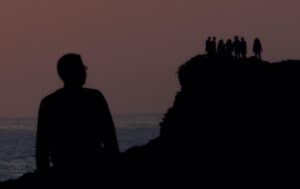


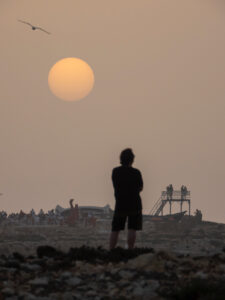


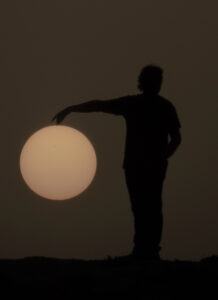
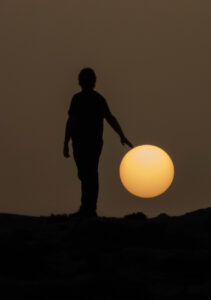
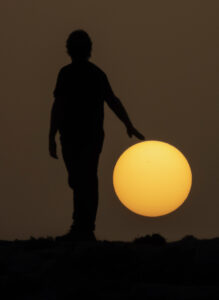
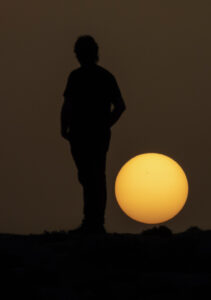

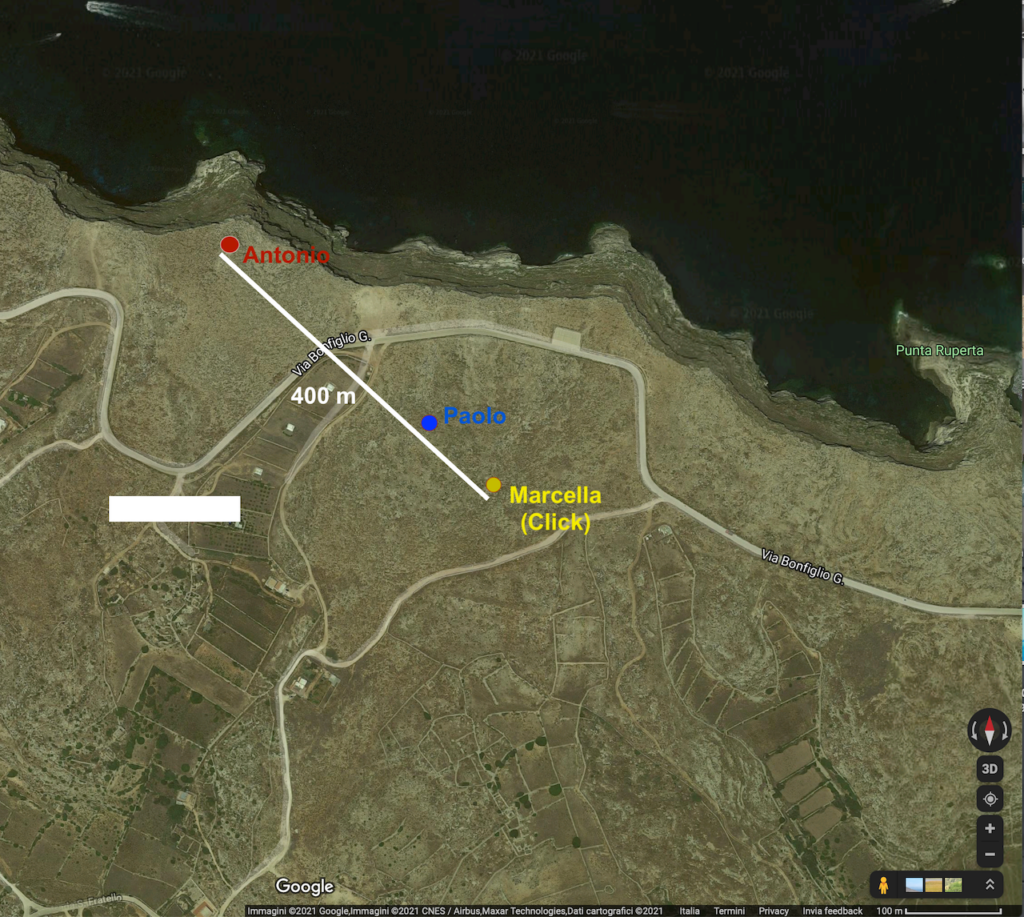
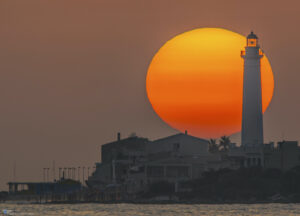
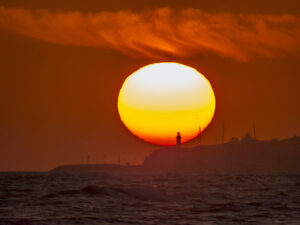
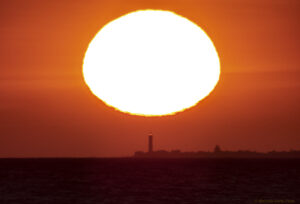
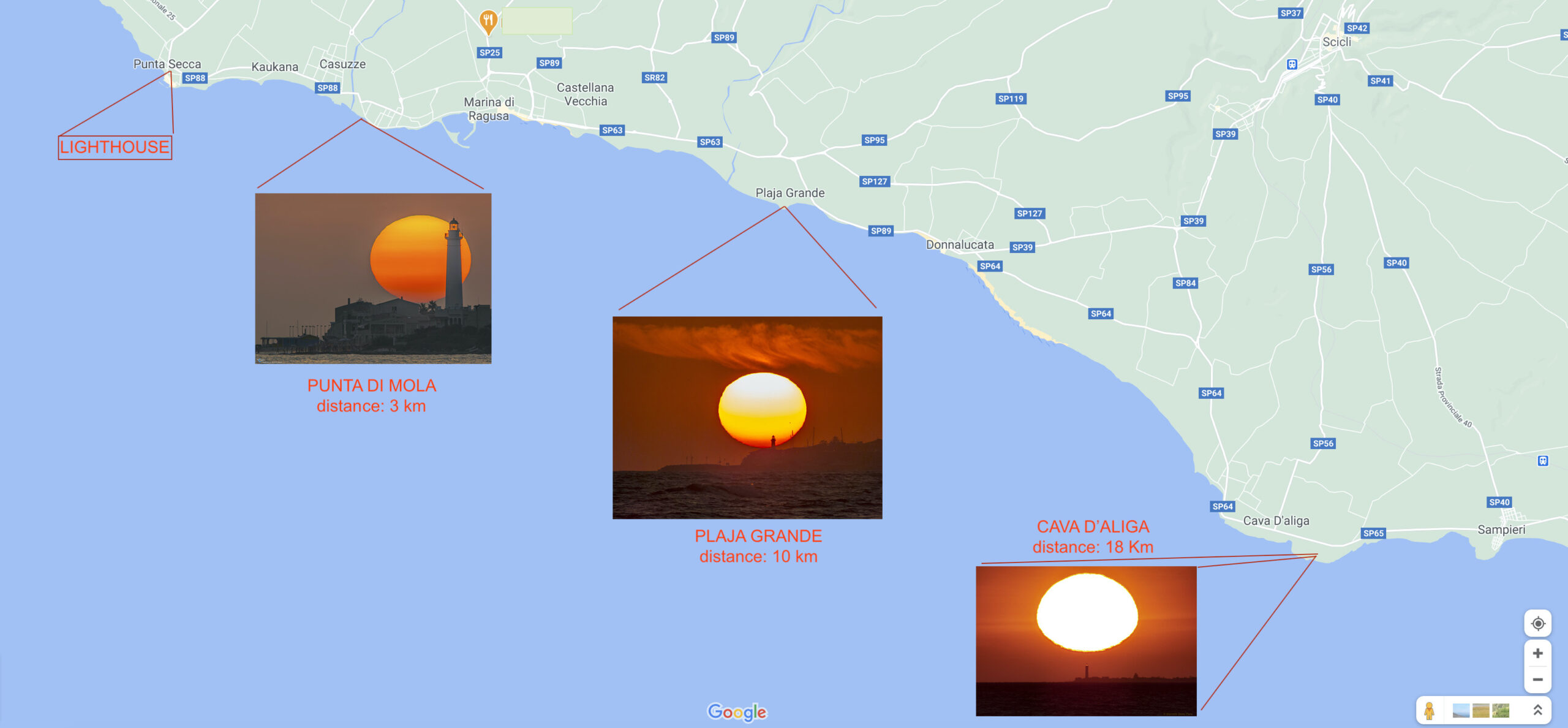
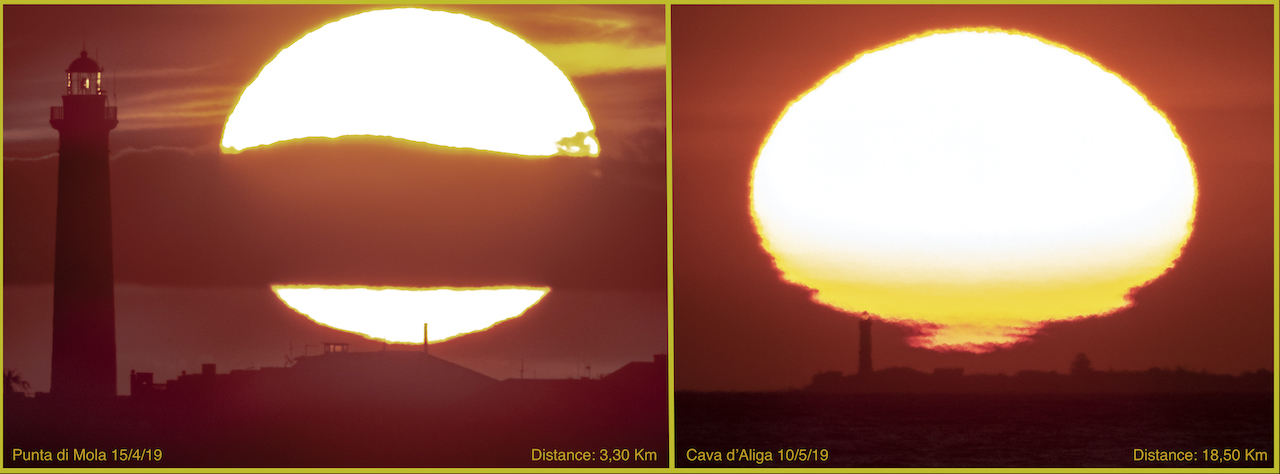
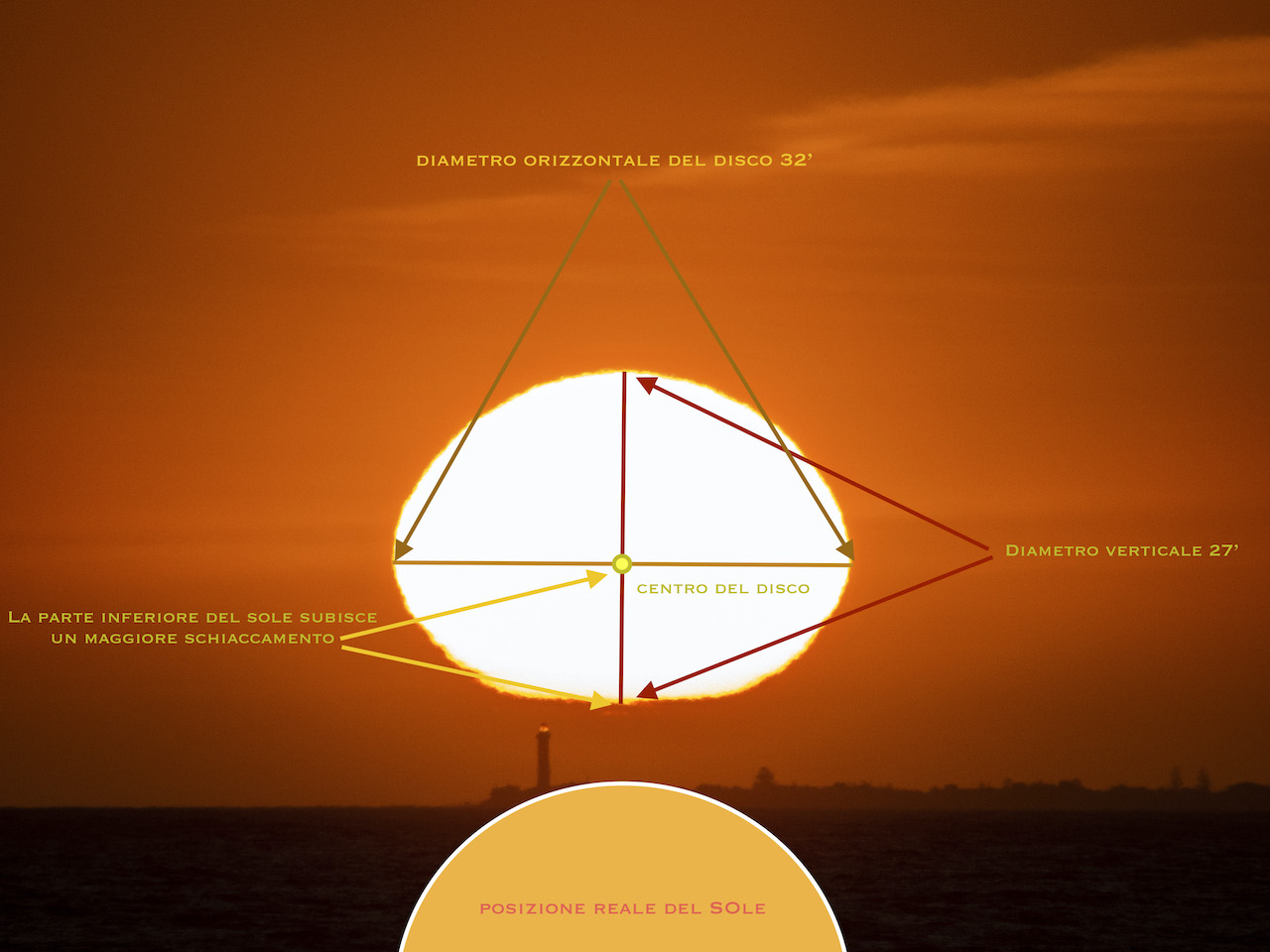

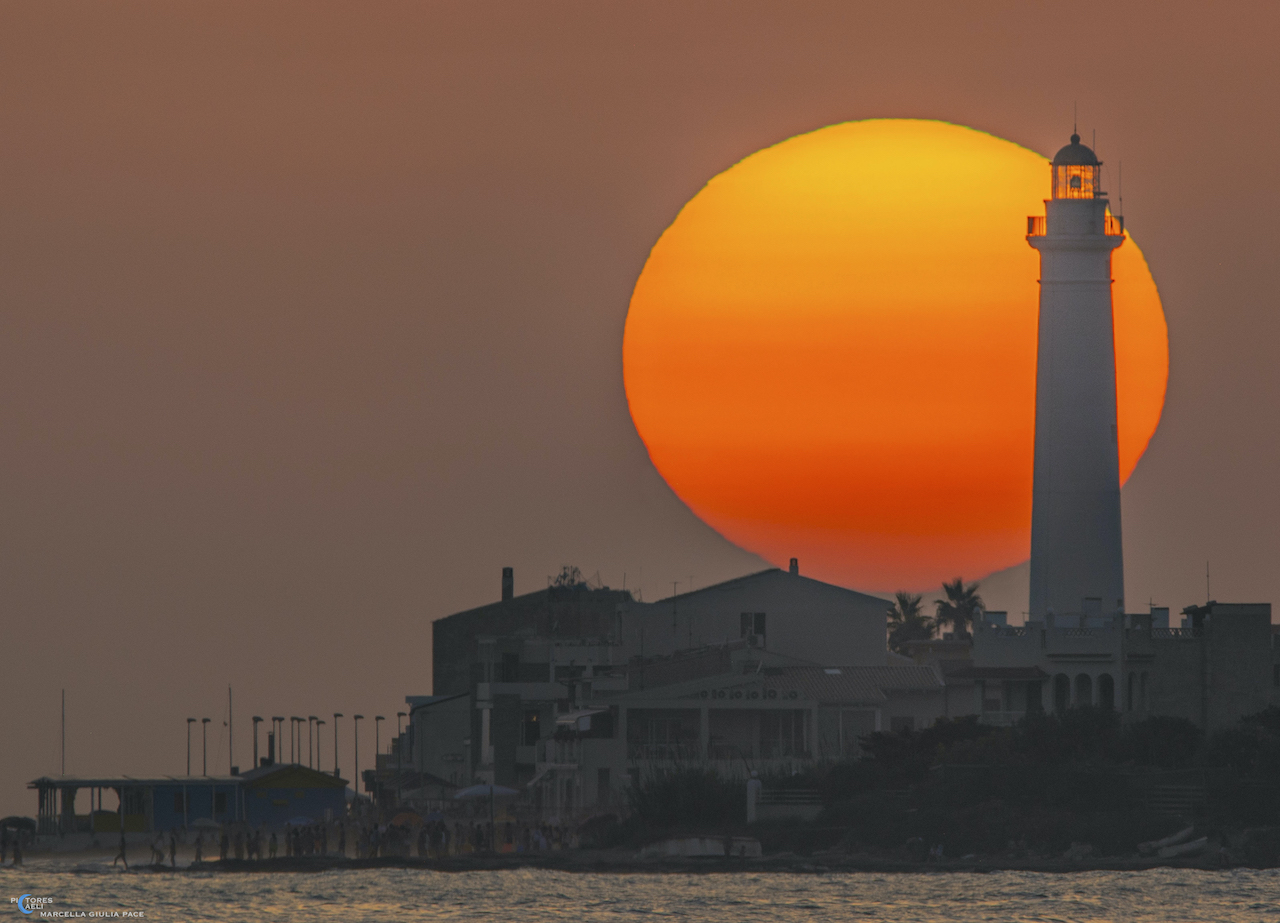


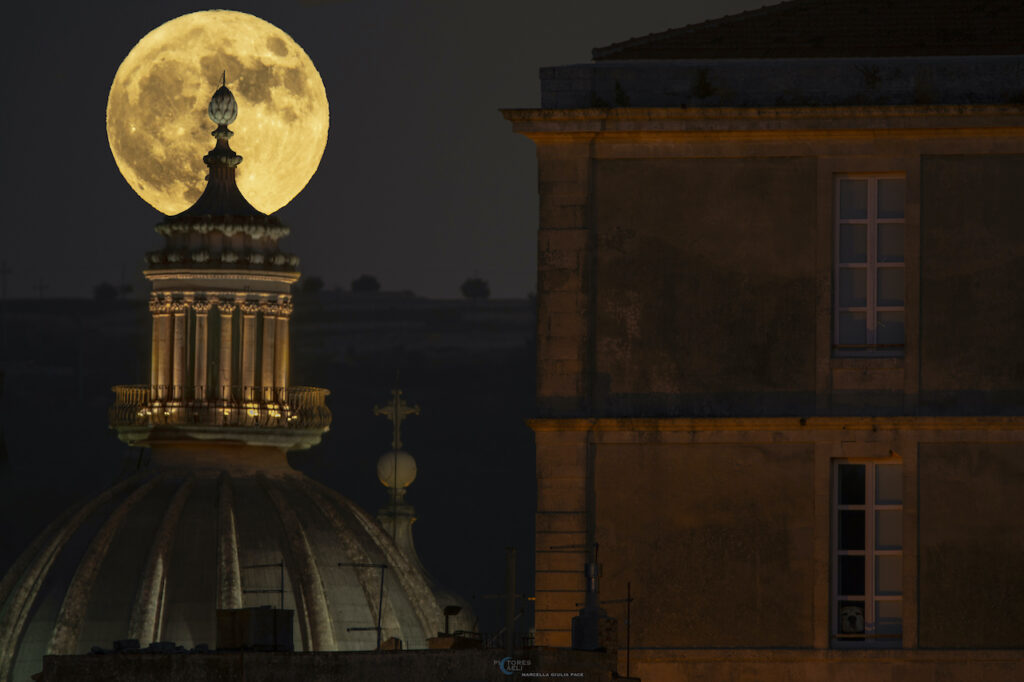
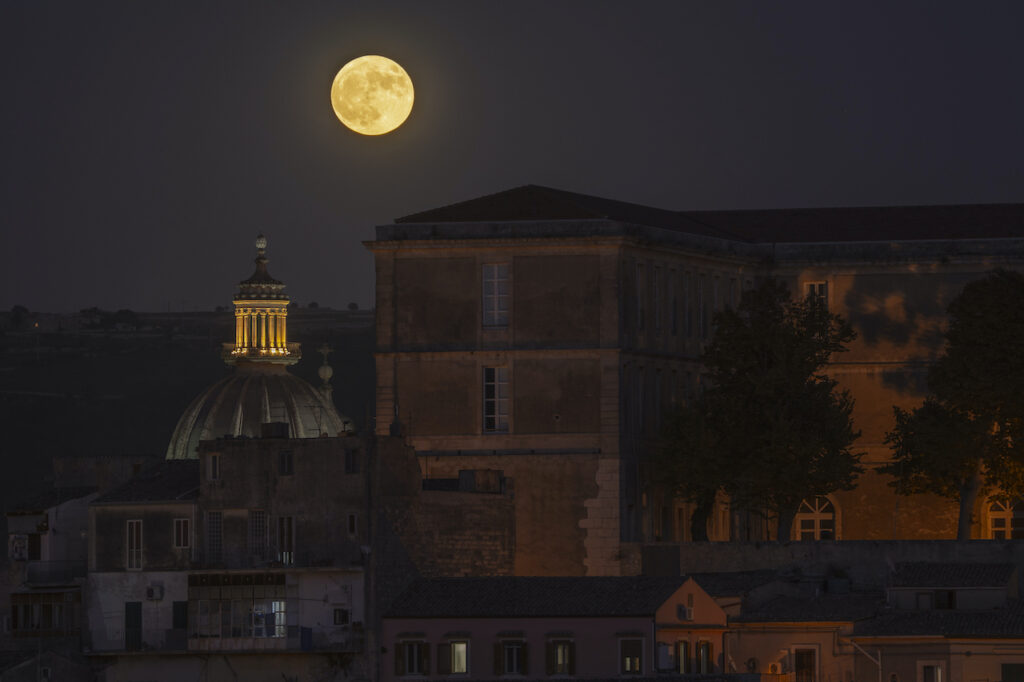

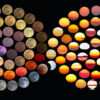
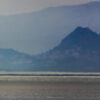
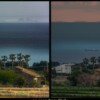

Recent Comments